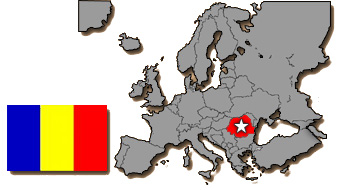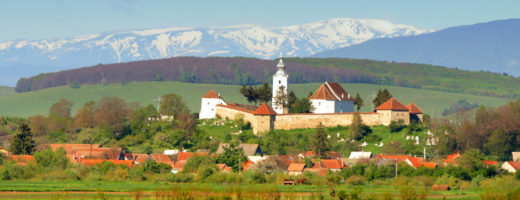Introduction Modern Romania is a mix of new liberal ideas against a dense tradition of conservative rural customs. For the LGBT community, the conflict is significant as Romania moves into a new century, a new economy and new influences from the European Union with its forward-thinking pro-gay policies. The difficult culture clash is led by
Romania, like a number of other Eastern European countries, remains socially conservative with regard to the rights of gay, lesbian, bisexual, and transgender citizens. Despite this, the country has made significant progress in LGBT rights legislation since 2000. In the past decade, it has fully decriminalized homosexuality, introduced and enforced wide-ranging anti-discrimination laws, equalised the age of consent and introduced laws against homophobic hate crimes. Furthermore, LGBT communities have become more visible in recent years, as a result of events such as Bucharest’s annual GayFest pride parade and Cluj-Napoca’s Gay Film Nights festival. In 2006, Romania was named by Human Rights Watch as one of five countries in the world that had made “exemplary progress in combating rights abuses based on sexual orientation or gender identity.” Nevertheless, homophobia runs high. A new poll conducted in the new EU nation of Romania has found high levels of prejudice against homosexuals and people living with HIV.

Romania – Bucharest City
Read the story about gay Romania.
Romania – Bucharest to Sucevita
From Bucharest going north through Ploiesti, Sinaia, Brasov to the monasteries north of Piatra-Neamt and in Sucevita. Read the story about gay Romania
Romania – Moldovita to Cluj
Moldovita Monastery west to Sighetu Marmatiel city then south to Clij-Napoca city. Read the story about gay Romania
Romania – Sighisoara to Sibiu
Sighisoara city south and west to Hunedoara and south to Sibiu. Read the story about gay Romania
Romania – Hunedoara to Constanta
Hunedoara southwest through Baile Herculane, Targu Jiu city and east to Constanta on the Black Sea. Read the story about gay Romania

